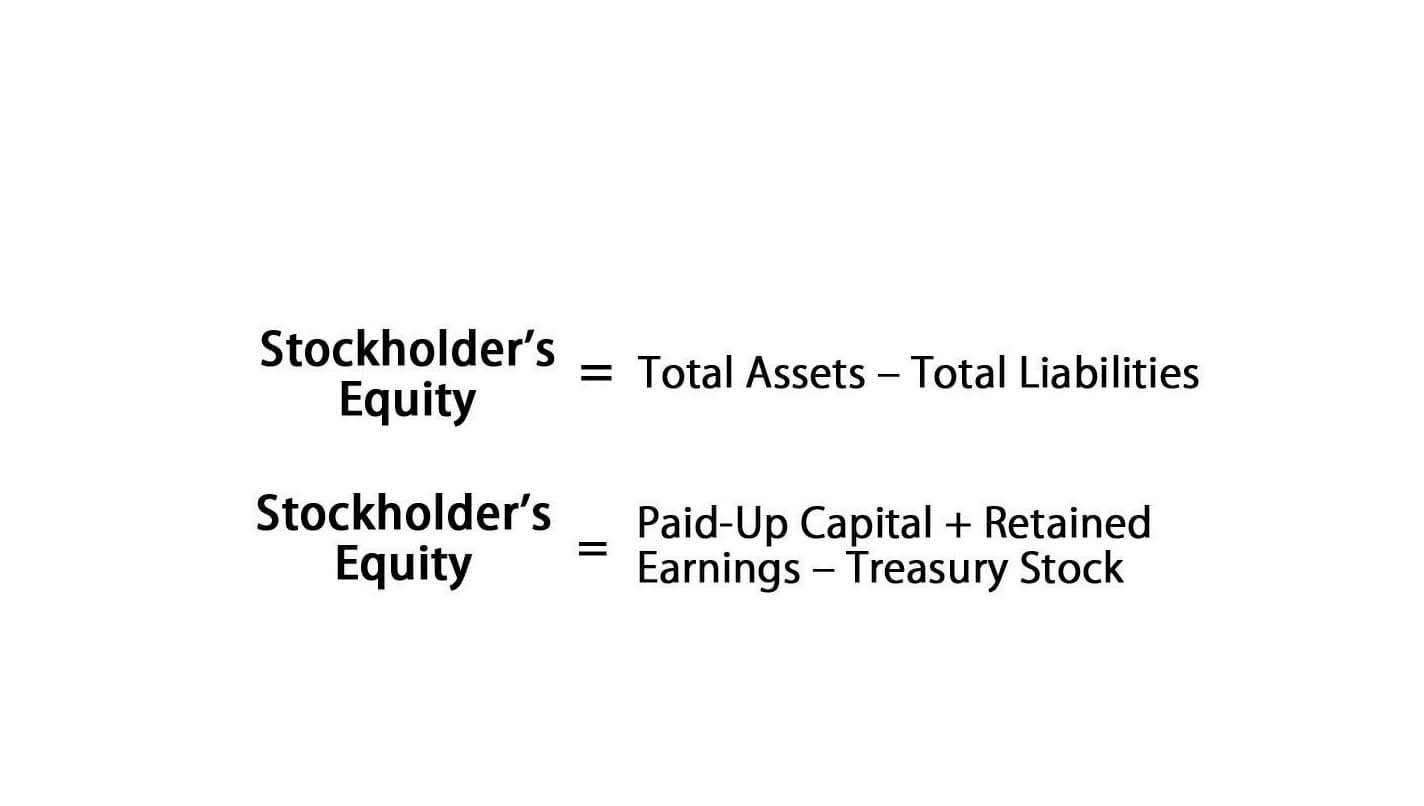
These costs are not directly related to sales or administration but are essential for maintaining the company’s infrastructure. Often called “overhead,” most SG&A expenses are incurred regardless of sales volume, making them fixed costs. However, some SG&A expenses may be semi-variable or variable such as commissions paid to sales staff, utilities, and distribution costs. When you analyze SG&A https://www.bookstime.com/articles/annual-income expenses, it’s like stepping into a world where each industry has its own unique backdrop.
Tips for calculating SG&A
- In summary, effective SG&A management involves careful tracking, analysis, and strategic planning.
- These contribute to a company’s operational overhead and require careful data analysis to optimize accuracy and efficiency.
- If you’re familiar with operating expenses, you might be wondering what the difference is between SG&A and operating costs.
- This is why SG&A expenses are often the first to go if a company is trying to reduce costs.
- It can be done by regularly monitoring SG&A expenses, identifying areas where costs can be reduced, and implementing cost-saving measures where appropriate.
- Operating costs (OPEX) are expenses companies incur during normal operations.
These expenses are listed as part of the gross vs net operating expenses, separate from the cost of goods sold (COGS). Well for starters, you can break selling expenses down into direct and indirect costs of selling a product. Direct expenses occur when you sell a product, and they include shipping supplies and delivery charges. Indirect selling expenses include costs you incur before or after a sale, like marketing, advertising, promotional expenses, travel costs, and salaries for salespeople (if applicable).
How SG&A Impacts Business Profitability and Costs
- Investors and lenders may demand that this information be broken out into multiple line items for their perusal.
- It can make it challenging to compare SG&A expenses between companies, and it’s important to consider other factors, such as revenue and operating income when comparing.
- Some businesses prefer to list SG&A as a subcategory of operating expenses on the income statement.
- Each category has its unique purpose and implications, and understanding these distinctions helps in accurate financial reporting and strategic planning.
- The SG&A to revenue ratio is a litmus test for a company’s efficiency.
Are you being as efficient with your electricity and heating costs as you could be? Look through each of your business’ monthly expenses and make sure you aren’t overpaying for them. The SG&A to sales ratio (also sometimes called the percent-of-sales method) is what you get when you divide your total SG&A costs by your total sales revenue. It tells you what percent of every dollar your company earned gets sucked up by SG&A costs. SG&A costs are reported on the income statement, the financial statement that your business prepares to figure out how profitable it is. The SG&A expense is recorded on the income statement of companies in the section below the gross profit line item.
- SG&A expenses are disclosed in the notes to a company’s financial statements, providing additional information and transparency to investors and analysts.
- Companies with low available prices and efficient operations can generate higher profits.
- It’s important to note that the specific expenses included in SG&A can vary depending on the company and the industry in which it operates.
- By keeping rigorous financial records and categorizing your expenses correctly, you can make the most of these deductions, ultimately reducing your taxable income.
- Marketing is often an investment in future growth, so it’s essential to evaluate where cuts can be made without stalling business momentum.
- As an operating expense, SG&A includes essential expenses for a company’s day-to-day operations yet excludes COGS and any costs related to producing goods and services.
Difference Between COGS and SG&A
- If SG&A costs are too high, they can eat away at profits, which is why companies need to keep these expenses in check.
- Zero-base budgeting can also be used to maintain control over the SG&A expense category.
- Likewise, the taxes paid to the government are also not included under the same rationale.
- Our team is ready to learn about your business and guide you to the right solution.
- Explore the latest trends, technologies, and strategies in procurement and supply chain management.
- These include the costs to promote, deliver and sell a company’s product or service, as well as expenses involved in managing the entire company.
Typically you’ll calculate SG&A when putting together an income statement, which you can do easily with the help of our handy income statement template. The distinction found in the financials will be based on the relative size of each, which depends on the specific industry in question. However, the SG&A expense must be standardized to be compared side-by-side to industry comparables, and the average benchmark varies significantly based on the specific industry. The SG&A ratio measures what percentage of each dollar earned by a company is impacted by SG&A. While rather uncommon in practice, a company’s SG&A expense can be derived by rearranging the first formula. The difference between the SG&A expense and cost of goods sold (COGS) line item is as follows.
Common Challenges in Managing SG&A
SG&A will not include interest expense since interest expense is reported as a nonoperating expense. This is why SG&A expenses are often the first to go if a company is trying to reduce costs. Depreciation refers to expenses related to a fixed asset’s usage, allocating costs based on wear and tear throughout the asset’s useful life. General and administrative (G&A) expenses are commonly known as a company’s overhead.
Where do I find selling, general & administrative expenses?
Companies with high administrative fees may not operate as efficiently as those with low overhead costs, which can negatively impact their bottom line. On the other hand, companies with low administrative expenses and efficient operations may generate higher profits. Absolutely, salaries can fall under SG&A expenses, particularly those that aren’t directly tied to the production of goods or services. This includes the paychecks for your sales team, administrative staff, and upper management. Essentially, if the role isn’t part of the manufacturing or direct service delivery, their salary is an SG&A expense.


The SG&A ratio is simply the relationship between SG&A and revenue – i.e. the expense expressed as a percentage of total sales. Please note that these percentages are rough estimates and can vary from company to company within each industry. Individual businesses might have higher or lower SG&A percentages based on their unique cost structures and strategies. However, it is important to note that the classification of certain costs might depend on the specific context and industry. For example, research and development (R&D) costs are typically considered SG&A costs in most industries. SG&A is an essential metric for investors, as it helps to measure a company’s efficiency and the effectiveness of its operating model.
For instance, research and development (R&D) costs are considered SG&A expenses in most industries. Still, in certain industries, such as pharmaceuticals, these costs might be treated as product costs due to their direct relationship with developing new products. Apple’s R&D expenses slightly exceed SG&A, highlighting the company’s emphasis on product development. Analysts might track the ratio of R&D to SG&A to understand the balance between developing new products and marketing existing lines. A healthy balance can indicate that the company is both forward-looking and effective in promoting its current offerings. SG&A expenses are reported on a company’s income statement, which is part of a company’s annual report.


When it comes to the difference between SG and operating expenses (OPEX) often there’s none, especially in the way many companies report them on the income statement. What’s different is the sg and a meaning degree of granularity when reporting operating expenses. Operating/net profit is the result of deduction of these expenses from the gross margin/profit.


.png)
.png)